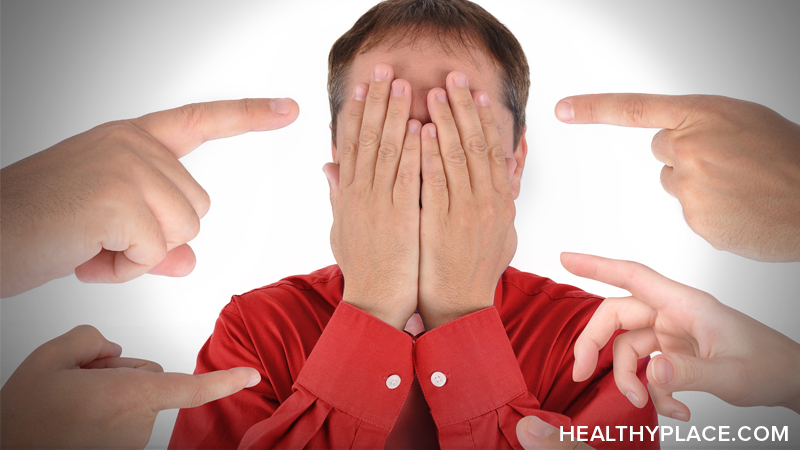What Are Phobias?

Phobias are a very common type of anxiety disorder. Broadly speaking, the definition of phobia is: Unreasonable fear and anxiety around a specific object or situation, generally causing its complete avoidance.
Phobic disorders are the most common type of mental illness – more common than even depression. Social phobia is a common type of anxiety disorder. The effects of a phobia can range from minor and annoying to severe and debilitating.
A person with a phobia may avoid an object, such as snakes, or be compelled to avoid situations, like all social events or events involving crowds. A person with a severe phobia can end up with a life dictated by avoiding the objects or situations they fear. This can impact their ability to make friends or keep a job.
There are several theories as to the causes of phobias; however, no cause has yet conclusively been identified. The cause of phobias likely also varies depending on the type of phobia. Phobias, very commonly, occur alongside other anxiety disorders including other phobias.
What are the Types of Phobias?
According to the latest version of the Diagnostic and Statistical Manual of Mental Disorders (DSM-IV-TR) phobia definitions can be broken down into three categories:1
- Social phobia (now called social anxiety disorder) – more than just shyness, social phobia involves the crippling fear of being humiliated or embarrassed in social situations. This might be while public speaking or using public restrooms, for example.
- Specific (or simple) phobia – extreme and persistent fear of an object or situation. A phobia of snakes or of being in elevators are examples. Read our list of phobias, including funny and weird phobias.
- Agoraphobia – a fear of being in situations in which it would be difficult or embarrassing to leave or get help in the event of a panic attack. Agoraphobia might occur on public transit or on a bridge.
The National Comorbidity Survey indicates the lifetime prevalence of each type of phobia is as follows:
- Social phobia – 13.3%
- Specific phobias – 11.3%
- Agoraphobia – 6.7%
What is the Treatment of Phobias?
Treatment of phobias varies depending on phobia type; however, both medication and therapy can help phobic disorders. Most people respond positively to phobia treatment and experience a dramatic reduction in phobia symptoms. People with phobias who enter treatment find they can again face their feared object or situation without severe anxiety.
Simple phobias respond best to treatment while social phobias may be difficult to treat due to a noticeable lack of interpersonal skills. However, with support, education and treatment adherence, social phobias too can be treated.
APA Reference
Tracy, N.
(2021, December 21). What Are Phobias?, HealthyPlace. Retrieved
on 2026, January 6 from https://www.healthyplace.com/anxiety-panic/phobias/what-are-phobias



